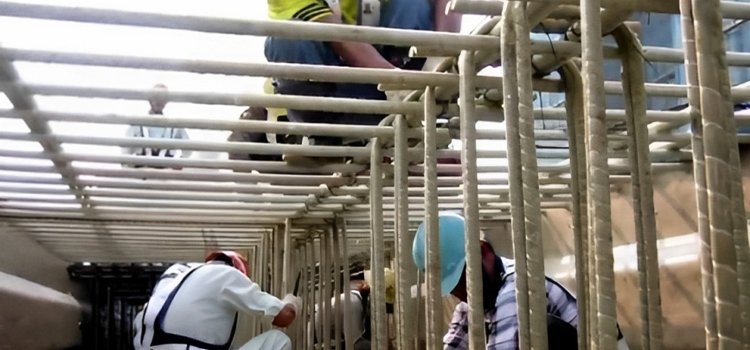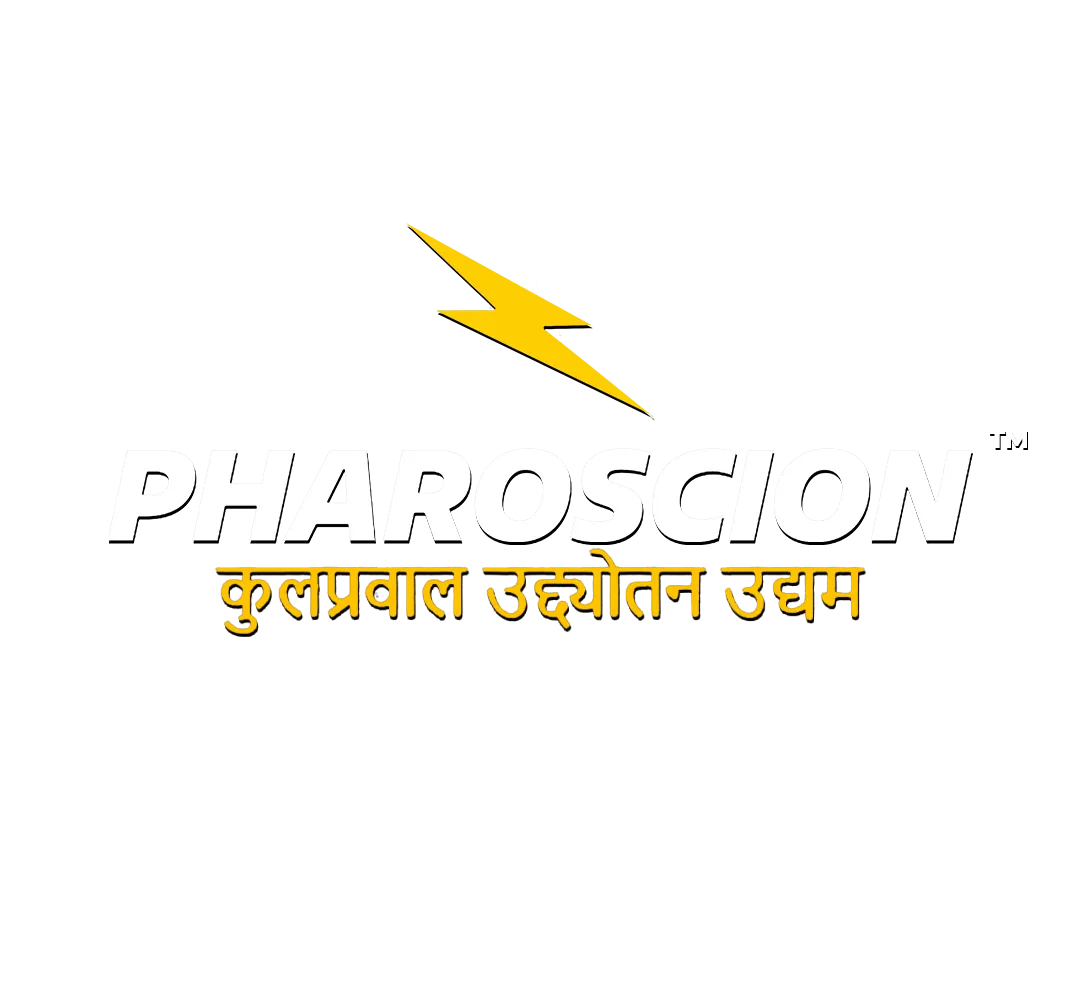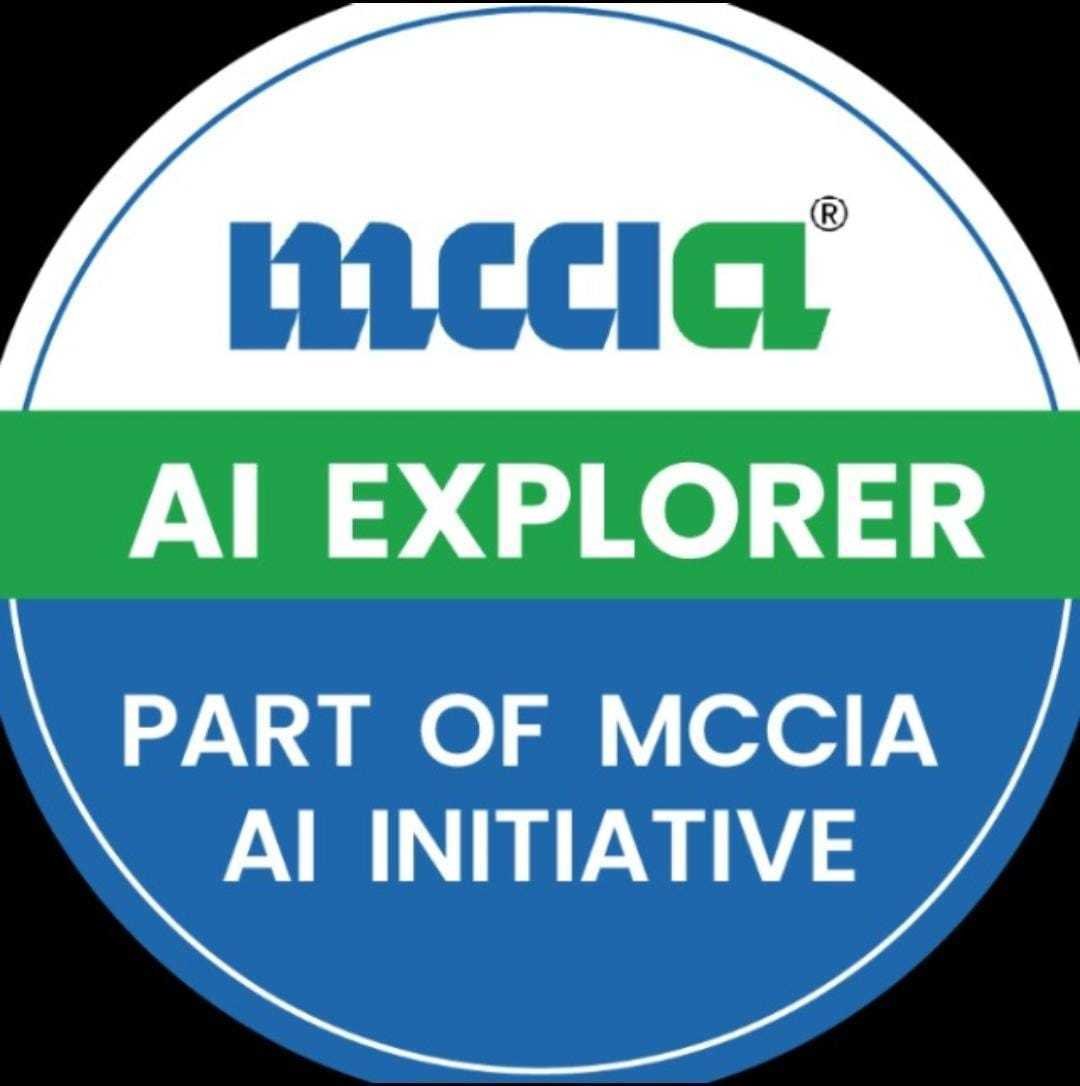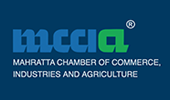Glass Fibre Reinforced Polymer (GFRP) Rebar is an alternative to steel reinforcement that offers environmental benefits. Steel production is one of the largest sources of carbon emissions, with around half of all steel going to the construction industry and 44% of construction’s steel consumption being used for reinforcement.
The carbon emissions attributable to steel rebar alone are approximately 1.5% of global carbon emissions. Steel reinforcement corrosion is also a significant issue that leads to structural deterioration, and corrosion of both steel and reinforced concrete infrastructure costs the US economy an estimated US$22 billion each year.
GFRP provides adequate structural performance for reinforcing concrete at comparable or lower costs than steel, according to research conducted by the University of South Australia. A study by the Malaviya National Institute of Technology shows that GFRP produces fewer emissions compared to steel per tonne produced.
GFRP-reinforced beams produce 43% less CO2 emissions compared to steel and reduce energy consumption by almost half. GFRP also benefits natural resource consumption. Early studies show GFRP could allow the production of concrete using seawater, sea sand, and sea aggregates, avoiding the consumption of scarce resources such as freshwater, river sand, and crushed rocks.
GFRP is one-fourth the weight of steel, which makes transport more efficient by substantially increasing the amount of reinforcement that can be transported on a single truck.
Reinforced concrete used for infrastructure is designed to have a 100-year lifespan, but structures often start to deteriorate much sooner. Factors such as insufficient cover depth on the steel reinforcing or cracking in the concrete beyond expected tolerances can undermine the design life of a structure during construction, if there is poor quality control.
GFRP eliminates reinforced concrete’s greatest weakness: corrosion-induced concrete spalling, thereby improving the durability of reinforced concrete. The enhanced durability of structures avoids the emissions and waste associated with maintenance, demolition, and replacement.
As nations strive towards net zero, steel alternatives will represent an essential component of decarbonizing the construction industry due to the carbon-intensive mining and production process of steel and its vulnerability to corrosion. A renewed focus on the durability of structures beyond 50-year and 100-year life spans is critical to reducing emissions and waste and preserving the natural environment. SUPERBARS provide an opportunity for a new perspective.
Environmental Benefits of GFRP in Service Concrete used for infrastructure is designed to have a lifespan of 100 years, while for buildings, this is only 50 years. Concrete structures reinforced with steel tend to deteriorate sooner than expected, sometimes in as little as 10-20 years, in contrast to theoretical projections. Insufficient cover depth on the steel reinforcing or cracks in the concrete that exceed expected tolerances during construction due to poor quality control, can expose the steel to premature corrosion. This can substantially reduce the overall service life of the structure.
Repairing and replacing prematurely deteriorated buildings and infrastructure in the US alone with new concrete is projected to cost trillions of dollars. Additionally, this process is expected to significantly contribute to both carbon emissions and waste.
Using a non-corrosive alternative to reinforcing, such as GFRP, eliminates the greatest weakness of reinforced concrete: corrosion-induced concrete spalling, thereby improving the durability of reinforced concrete by a significant magnitude. This involves significantly reducing the need for repairs throughout the design life of the structure.
The enhanced durability of structures made with GFRP reinforcement avoids the emissions and waste associated with three critical stages of a structure’s lifecycle: maintenance, demolition, and replacement. In the end, we require this improved durability to tackle the environmental challenges posed by climate change and waste.
In addition to the environmental benefits of GFRP rebar in production, transportation, and service, there are also economic benefits to consider. The use of GFRP rebar can help reduce overall construction costs, particularly in cases where structures are located in harsh environments or where traditional steel rebar is subject to corrosion. The longer service life of structures reinforced with GFRP also means less maintenance and repair costs over time, further reducing the overall lifetime costs of construction projects.
As nations around the globe strive towards net zero, steel alternatives such as GFRP will represent an essential component of sufficiently decarbonizing the construction industry. This is due to both the carbon-intensive mining and production process of steel as well as its vulnerability to corrosion, which consequently causes premature deterioration of structures.
A renewed and improved focus on the durability of structures beyond 50-year and 100-year life spans is critical to the reduction of emissions and waste and, ultimately, the preservation of our natural environment. Let SUPERBARS be your to go to call when you are looking to contribute towards a better future.
















